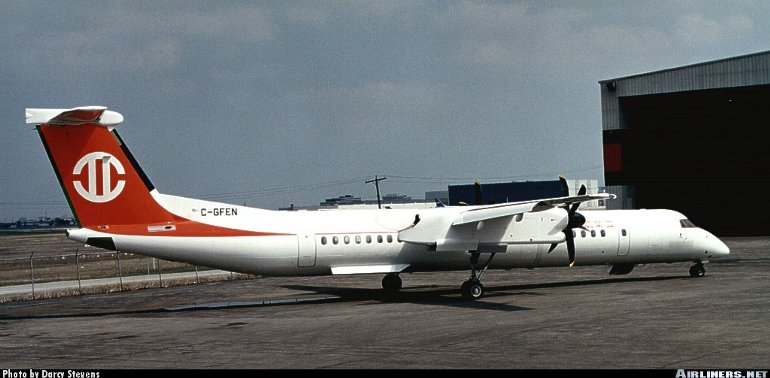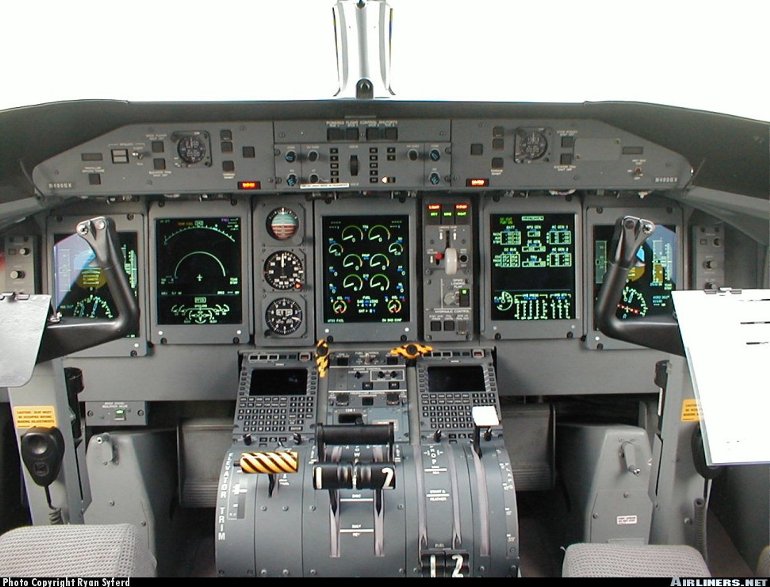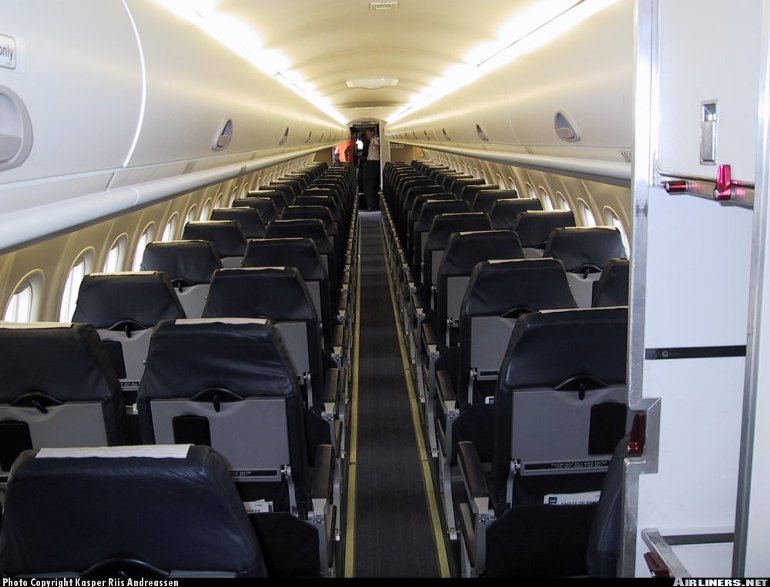Aircraft Technical Data
De Havilland Canada DHC-8-400 Dash 8



| Details | |
| Country of Origin | Canada |
| Type | 70 seat regional turboprop airliner |
| History | Bombardier's 70 seat de Havilland Dash 8 Series Q400 (or Q400 for short) is the latest and longest member of the successful Dash 8 family, but with new engines, avionics and systems, a modified wing and stretched fuselage is essentially an all new aeroplane. De Havilland was already working on a further stretch of the Dash 8 when Bombardier acquired the company from Boeing in 1992, although the program was not formally launched until June 1995. Rolled out on November 21 1997, the Q400 made its first flight on January 31 1998. Five Q400s were used in the 1900 flying hour flight test program, culminating in Canadian certification being awarded on June 14, 1999, and US certification on February 8, 2000. The first delivery, to launch customer SAS Commuter, was on January 20, 2000, about 10 months later than originally planned. The Q400 is pitched at the short haul regional airliner market for stage lengths of 550km (300nm) or less. Despite the recent proliferation of regional jets, Bombardier notes that regional jets have created their own market niche and are not replacing turboprops, which remain more economical over shorter stage lengths. Bombardier says the Q400's breakeven load factor for a 360km (195nm) stage length will be just 29 passengers. The Q400 features a new fuselage stretched 6.83m (22ft 5in) compared with the Q300 mated with the familiar Dash 8 nose section and vertical tail, while the horizontal tail is new. The fuselage's cross section and structure is based on the earlier Dash 8's but with two entry doors at the forward and aft ends of the fuselage on the left side, with emergency exit doors opposite them on the right side. The Q400's inner wing section and wing fuselage wing join are new, while the outer wing has been strengthened. Power is from two FADEC equipped 3410kW (4573shp) Pratt & Whitney Canada PW150As. The Q400 is fitted with Bombardier's NVS active noise and vibration system which reduces cabin noise to levels comparable to the CRJ jet airliner. This is achieved through the use of computer controlled active tuned vibration absorbers (ATVAs) mounted on the airframe. The flightdeck features five large Sextant LCD colour displays which present information to the pilots in a similar format to earlier Dash 8s, allowing a common type rating |
| Powerplants | Two 3410kW (4573shp) takeoff rated Pratt & Whitney Canada PW150A turboprops driving six blade Dowty propellers. |
| Performance | Max cruising speed at 95% power and max takeoff weight 648km/h (350kt). Max certificated ceiling 25,000ft, or optionally 27,000ft. Max range with 70 passengers and reserves 2400km (1296nm). |
| Weights | Operating empty 16,580kg (36,520lb), max takeoff 27,330kg (60,198lb) or high gross weight 28,690kg (63,250lb). |
| Dimensions | Wing span 28.42m (93ft 3in), length 32.84m (107ft 9in), height 8.38m (27ft 5in). Wing area 63.1m2 (679.0sq ft). |
| Capacity | Flightcrew of two. Can seat 70 passengers at 79cm (31in) pitch or 78 at 76cm (30in) pitch in a single class arrangement. |
| Production | Total Q400 firm sales in late 2002 stood at 74, of which 64 had been delivered. |
| Related Links | De Havilland Canada DHC-8-400 Dash 8 |
The backbone of this section is from the The International Directory of Civil Aircraft by Gerard Frawley and used with permission. To get your own copy of the book click here. |
|








